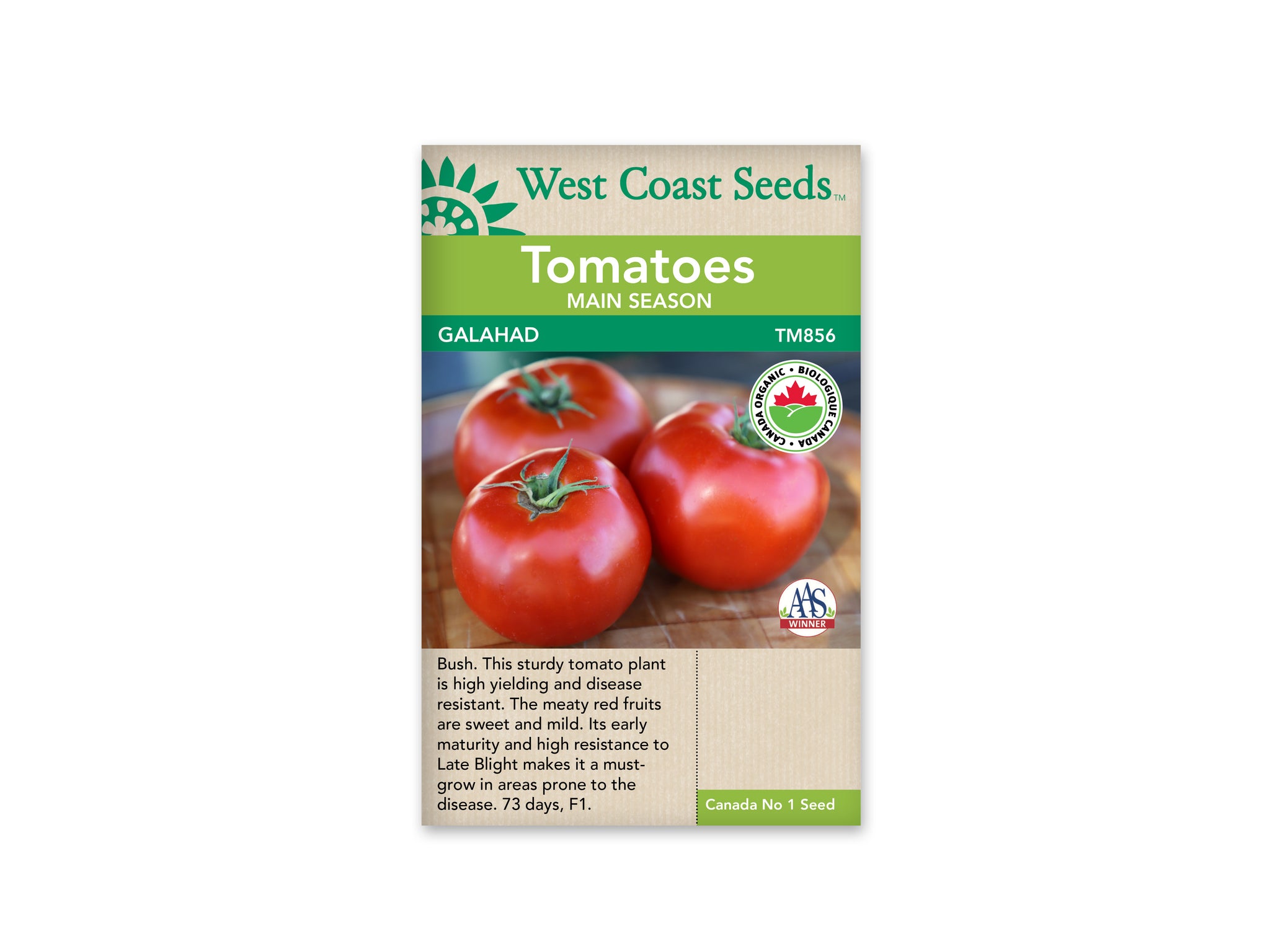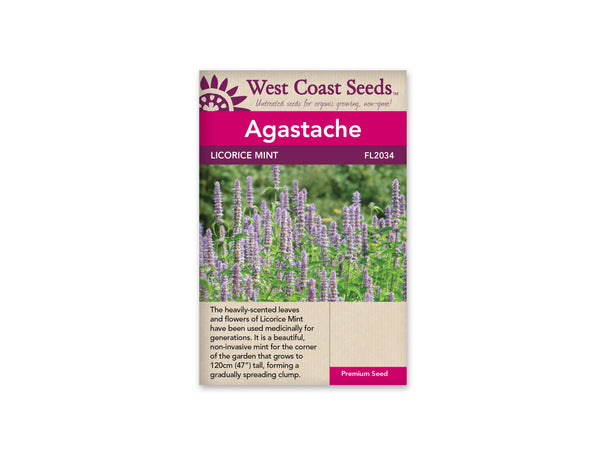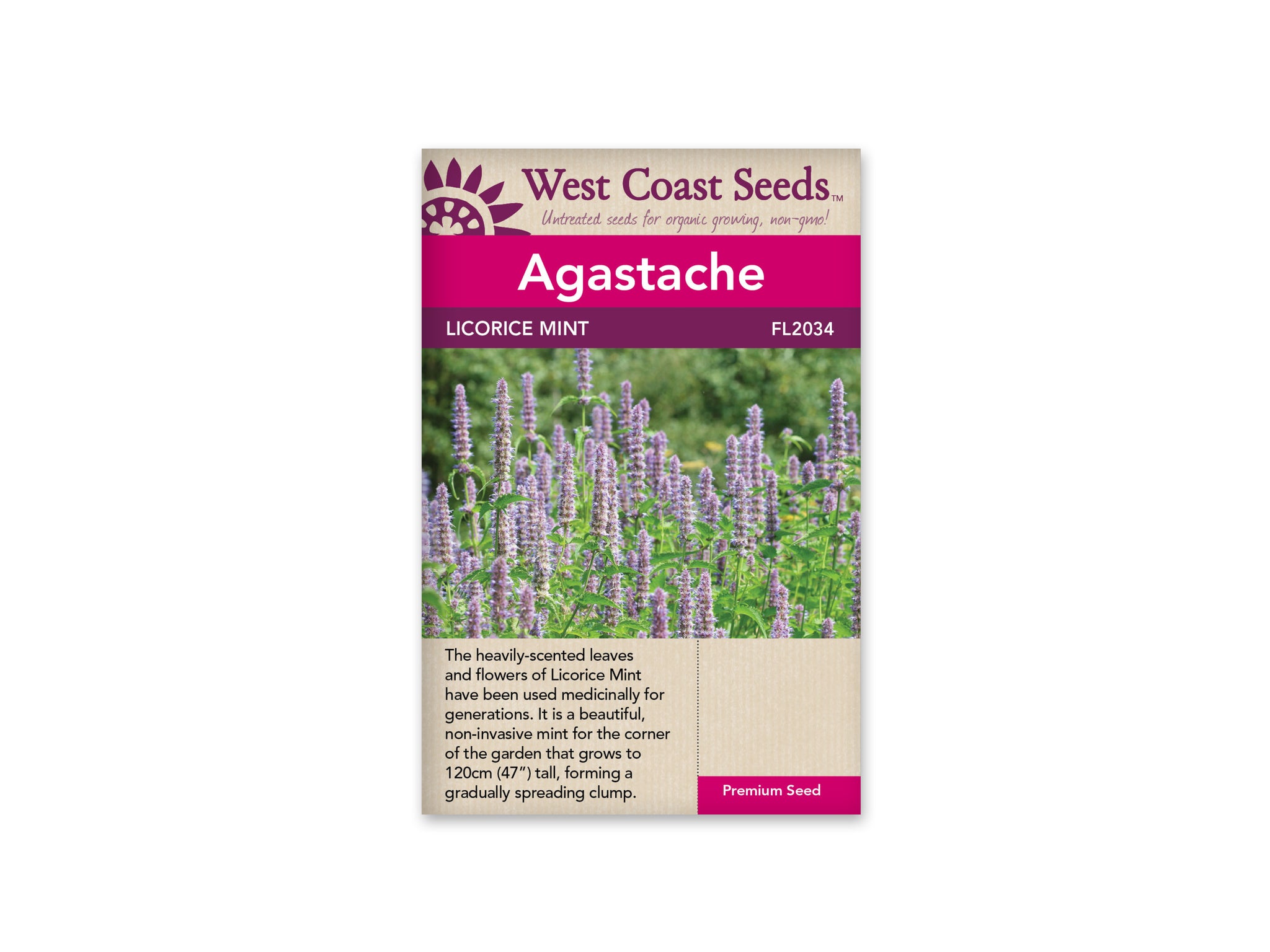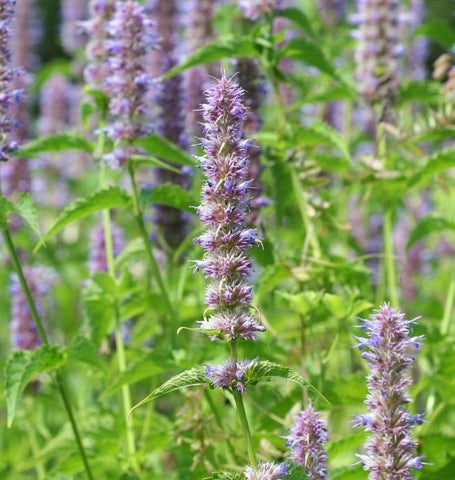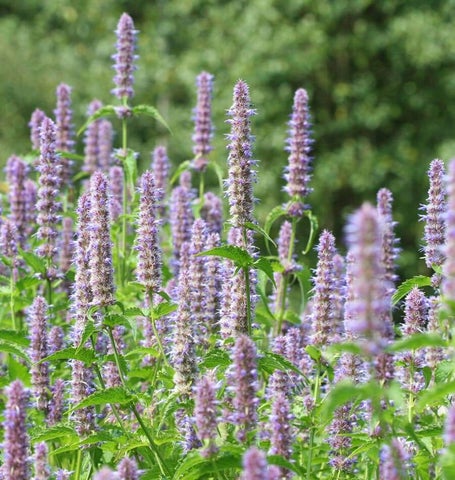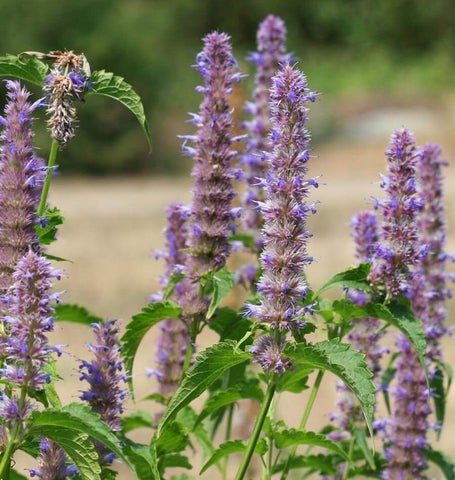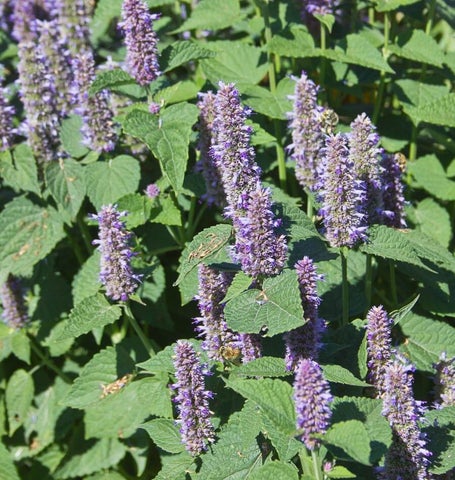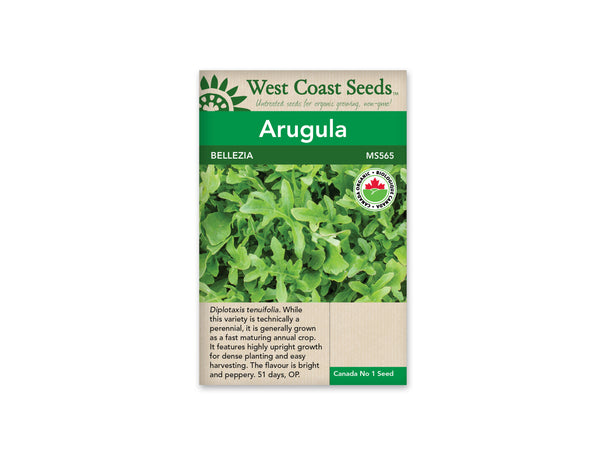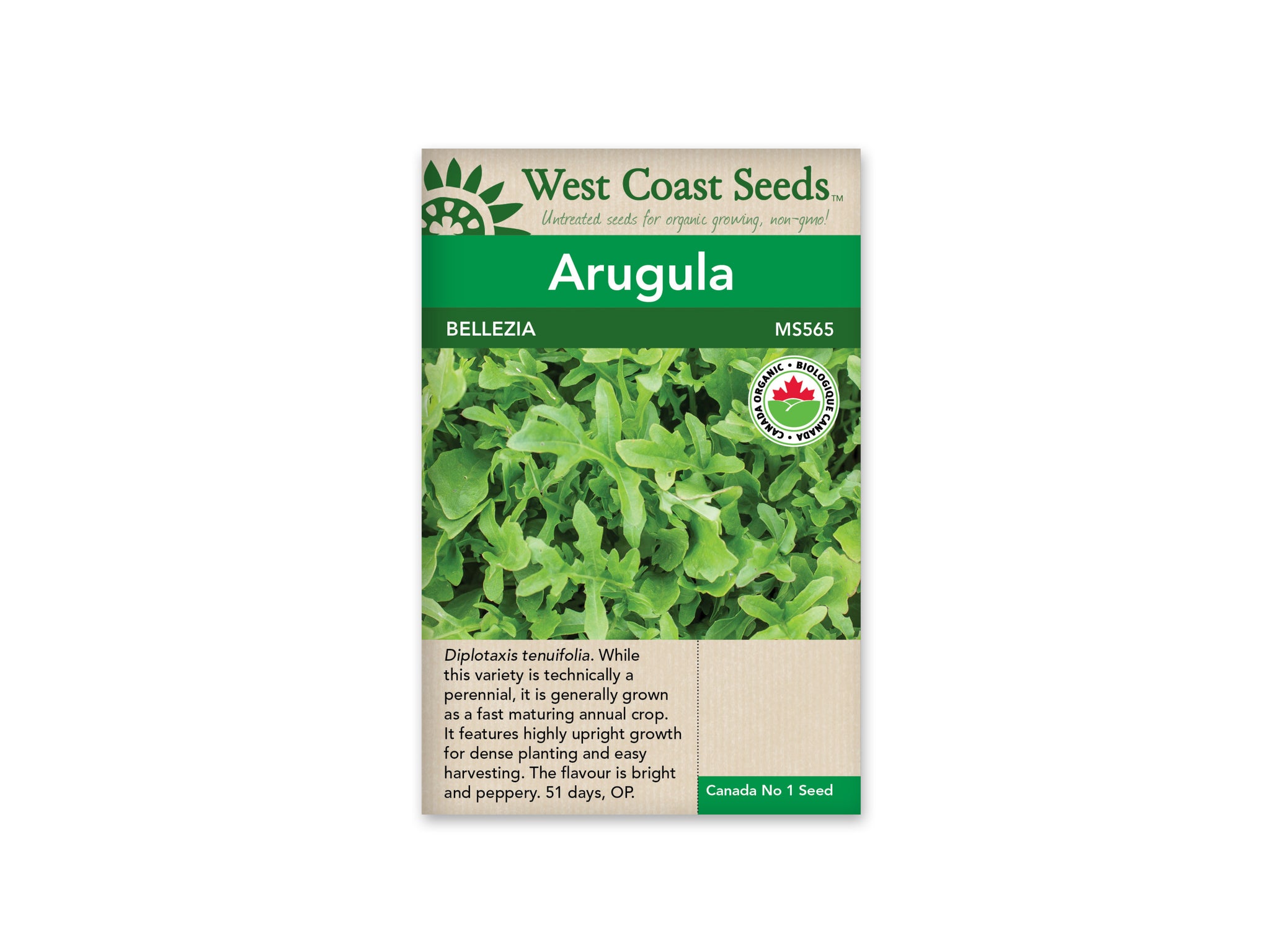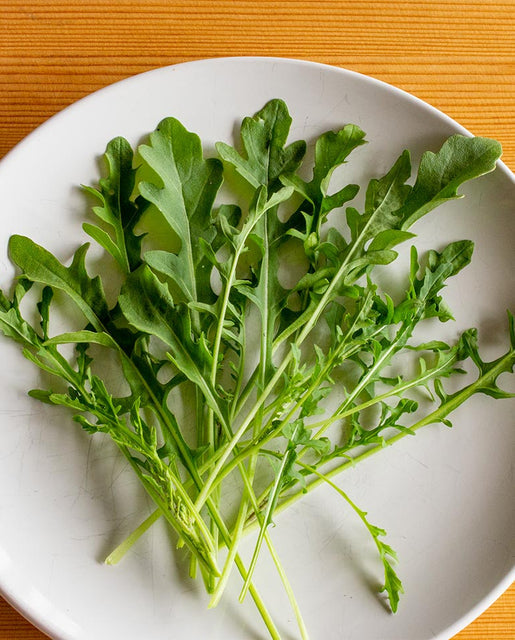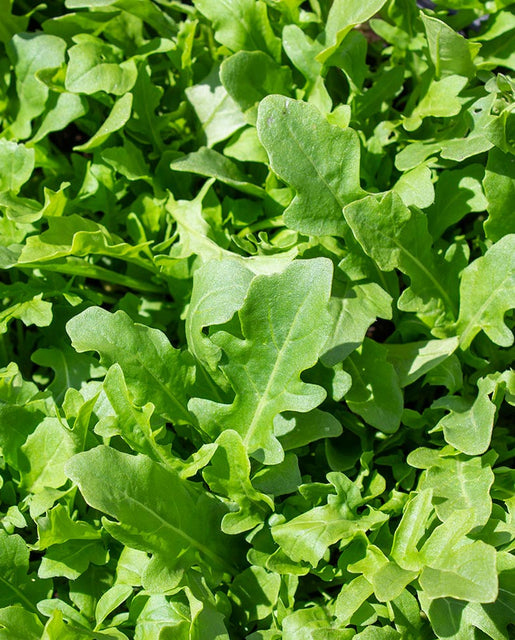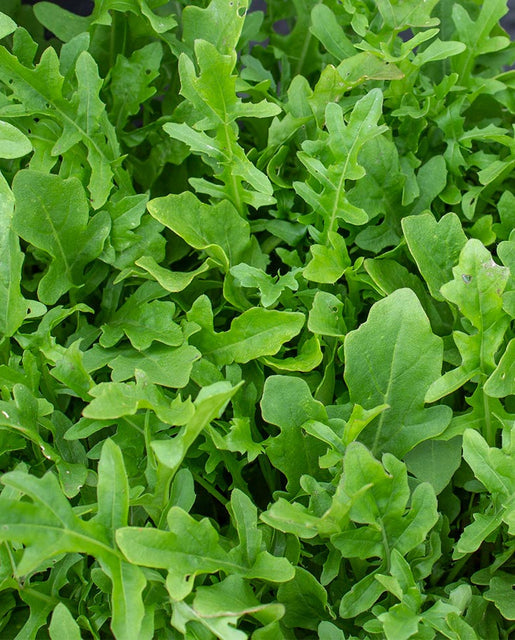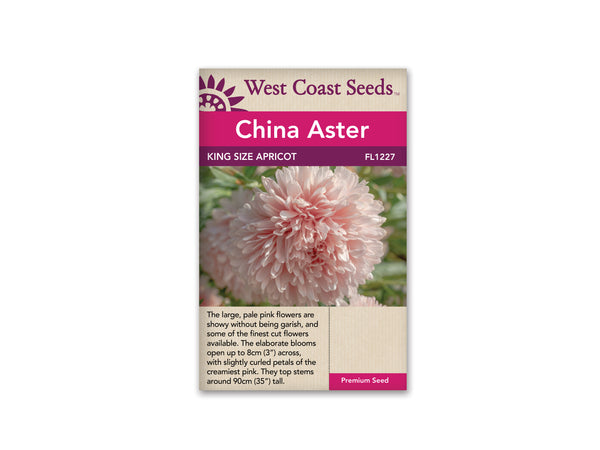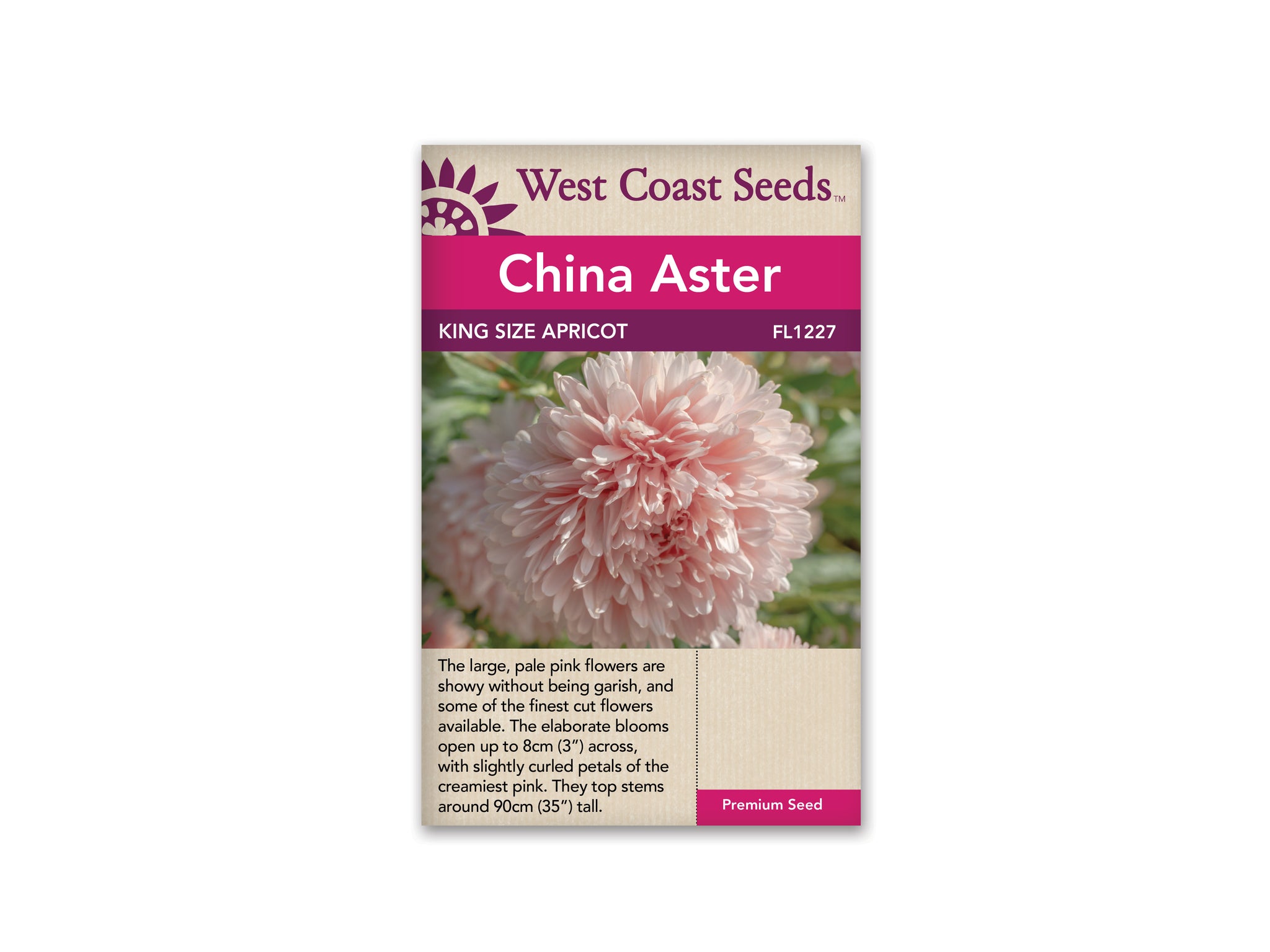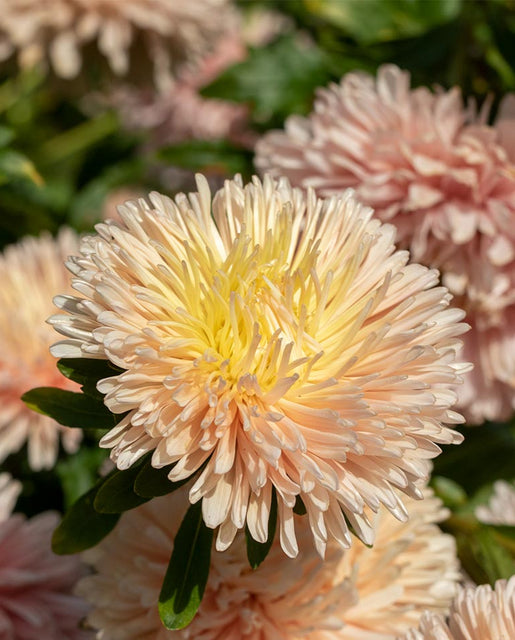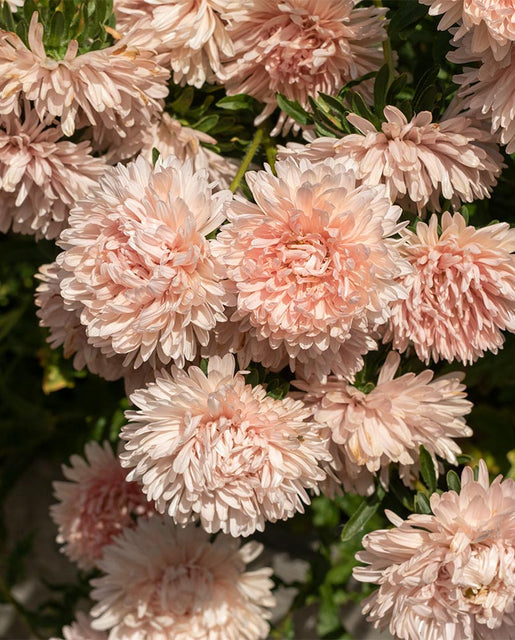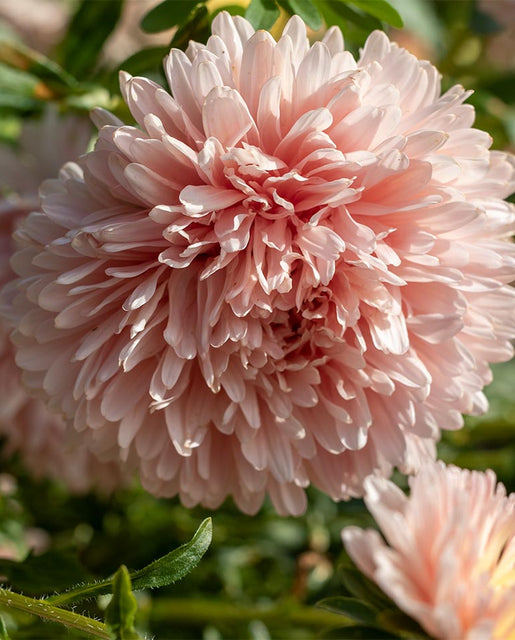Canadian Orders: Flat-Rate Shipping on Orders over $75 | Orders Over $150 Ship Free!
-
Shop
- New Arrivals
- Gardening
- Seeds
- Children + Baby
- Bath + Skin Care
- Baby Toys
- Books
- Puzzles + Games
- Loose Parts + Creative Play
- The Little Naturalist
- Play Chef
- Slings
- Apothecary
- Kids Lunches
- Accessories
- Sustainable Living
- Brushes / Brooms
- Food Storage
- Outdoors
- Coffee, Tea, Chocolate + Honey
- Coffee + Tea Accessories
- Water bottles + Travel Mugs
- Cookbooks
- Dishwashing
- Laundry
- Cleaners
- Accessories
- On The Go Essentials
- Self Care
- Face Care
- Body Care
- Hair Care
- Cosmetics
- Deodorant
- Toothpaste + Oral Care
- Sun Care
- Accessories
- Zero Waste Bathroom
- Soap
- Essential Oils
- For Men
- Books
- Apothecary + Natural Supplements
- Pet Care
- Shop Local
- Bulk
- In Store Pick Up
- Home Improvement
- Paint & Stain
- Discover
- Bulk Bar
Tomatoes — Beefsteak, Galahad Organic
Sold Out $8.89
Bush Tomato. This compact, sturdy bush tomato is an AAS Winner for good reason. It is high yielding and very disease resistant. It bears an abundance of 280-340g (10-12 oz) crack resistant red fruits that are meaty with sweet and mild flesh. Its early maturity, especially for a beefsteak, and disease resistant package makes it a must-grow in areas prone to the disease. It boasts high resistance to Fusarium Wilt (1-3), Grey Leaf Spot, Verticillium Wilt and intermediate resistance to Root Knot Nematodes, Late Blight, Tomato Spotted Wilt Virus.
Determinate (bush)
Matures in 73 days (Hybrid seeds)
Quick Facts:
- AAS Winner
- High Resistance to Fusarium Wilt (1-3), Grey Leaf Spot, Verticillium Wilt
- Intermediate Resistance to Root Knot Nematodes, Late Blight, Tomato Spotted Wilt Virus
- Bush (Determinate)
Size: 10 seeds
Difficulty: Moderately Challenging
Start indoors in early spring over bottom heat. When seedlings germinate, remove from the heat and grow under bright lights. Grow seedlings on for 6-8 weeks at around 10°C (50°F). Early season tomatoes can be planted out once night time temperatures are reliably above 7°C (45°F) - or later. Other types should be transplanted out when night time lows are 10°C (50°F) or warmer - or later. Optimal soil temperature for germination: 25-35°C (68-95°F). With bottom heat seeds should germinate in 7-14 days.
Starting
Sow seeds 5mm-1cm (¼-½”) deep. Keep seedlings under very bright light to prevent legginess. You may have to pot on seedlings more than once before they go out to allow for root growth. Space bush (determinate) transplants 45-60cm (18-24″) apart and vine (indeterminate) types 50-75cm (20-30″) apart in rows 1m (3′) apart.
Days to Maturity: From transplant date.
Growing
Ideal pH: 6.0-6.8. Tomatoes like fertile, well drained soil that is rich in organic matter. Dig in finished compost and manure, and add 1 cup balanced organic fertilizer beneath each transplant. The nutrition from heavy clay soils is excellent for tomatoes, but they are slow to warm, so transplanting should be done later. By the same token, lighter soils warm more quickly, so transplants can go out sooner. Adding glacial rock dust will supply all the calcium they will need. Regular watering is vital, but don’t let the plants sit in water. Tomatoes are tropical plants so they require full sun and lots of heat. Vine varieties will require some kind of support such as a wire to grow up, or a trellis to be tied to as the plant grows. Bush types benefit from the support of a tomato cage in order to prevent sprawling. At the time of final transplant, plants can be buried up to their first pair of true leaves. This will encourage greater root growth, helping with both nutrient uptake and the plants’ ability to stand up to dry conditions.
Stop watering around the end of July to encourage the fruit to ripen. If tomato plants are grown under cover, you can encourage pollination and fruit set by tapping the stem from time to time. Tomatoes do not rely on insects for pollination. Vibrating the plant shakes pollen loose within the flowers, which then self-pollinate.
Indeterminate tomatoes continue to grow and produce fruit until they are killed by frost. Remove any suckers (stems growing from the crotch of leaves) to keep the foliage under control, and they will set a later crop of larger fruit. Determinate varieties normally set fruit in a concentrated time period. Their suckers are not normally removed, though some trimming helps with ventilation.
Harvest
Harvest when the fruit is the desired colour. Green tomatoes can be ripened indoors at a cool temperature when they are blemish free. Very dark green tomatoes are unlikely to ripen fully.
Seed Info
At least 75% of seeds will germinate in optimal conditions. Usual seed life: 3 years.
Diseases & Pests
Blossom End Rot is an environmental disorder caused by a calcium deficiency. As the name of the disorder indicates it occurs at the blossom end of the fruit. It appears as a brownish dry and firm sunken area. Sometimes a secondary infection can occur at the damaged area, which turns it mushy and wet. Internal blackening can occur without the characteristic end rot. Calcium deficiency can happen when there is uneven watering. When the plants are too dry for a period followed by over watering, this encourages fast growth. The tomato plant can’t take up enough calcium resulting in an unbalanced potassium-to-calcium ratio. Early fruit show the affects sooner than later fruit. Digging in bonemeal, dolomite lime and a balanced organic fertilizer such as Gaia All Purpose Blend 4-4-4 will help prevent this disease as will an even and regular watering schedule.
An airborne fungal disease causes Late Blight. It begins as leaf spots before spreading to stems and fruit. Water soaked areas appear on the leaves. These are greenish black and irregular in shape. Brown cankers develop on the stems and fruit. Blight infected tomatoes can have a fishy smell. Often the fruit manages to almost reach maturity before the cankers take over. Sometimes a bluish grey mould grows on the underside of infected leaves and on the fruit cankers.
Prevention is key as there is no cure for the disease. Keep moisture off the plants. Use drip tape for watering and avoid splashing the leaves. Our cloche system is excellent for keeping rain and moisture off the plants. In a greenhouse or under a cloche, humidity can build up so high that the fungus will destroy plants in 24 hours. You must ventilate well.
Bordo Copper Spray applied regularly in late summer prevents the fungus that causes Late Blight to germinate. If applied with the OMRI listed Superflow Natural Surfactant the copper spray will stay on longer and there will be less need to apply other than after each rainfall or heavy dew.
General Information on Late Blight: Phytopthera infestans is the fungus that infects tomatoes and potatoes, and is dreadful on the Coast. Greyish black areas appear first on stems and leaves, moving rapidly to kill the plant. The critical factor is moisture. Blight infects tomato plants with leaves and stems that are moist for over 48 hours. Moisture can be from rain, heavy dew, high humidity in a greenhouse or cover, condensation, or irrigation water. Once you know this, you can plan a shelter under an overhanging eve, on a porch or under a structure that you create. The protection must have excellent ventilation and must give you access to pick and prune your tomatoes. Consider growing your tomatoes in containers that can be moved to sheltered spots out of the rain.
Prevention of Late Blight: Late blight overwinters in tomato and potato debris. Do not plant in a bed used to grow tomatoes or potatoes last year, and dispose of diseased plants in the garbage not the compost. Copper spray can prevent the fungus from infecting the plant. Plants must be sprayed every 7-10 days before any symptoms appear. Blight strikes in the rains of late summer, so choose at least one variety that will ripen before the deluge. The best advice we can offer to avoid blight is to grow early ripening bush varieties and to protect your vines carefully.
Flea Beetles make many tiny holes in the tomato leaves. They can cause problems for small tender transplants but a healthy plant can usually outgrow the damage. Use our Floating Row Cover for early season protection from Flea Beetles when transplanting your tomatoes.
Companion Planting
Another sensitive plant when it comes to companions, tomatoes benefit from asparagus, basil, beans, borage, carrots, celery, chives, collards, cucumber, garlic, lettuce, marigold, mint, nasturtium, onion, parsley, and peppers. Avoid planting alongside Brassicas and dill. Corn will attract tomato pests, and kohlrabi will stunt tomatoes’ growth. Potatoes may spread blight to tomatoes, so keep them apart. Do no plant tomatoes near walnut trees.
Related Items
Agastache — Licorice Mint
Sold Out $3.49
Agastache foeniculum. With heavily licorice-scented leaves and tall spikes of edible lavender flowers, Licorice Mint has been used medicinally for generations. It also happens to...
View full product detailsArugula, Wild — Selvatica Heirloom Organic
Sold Out $3.69
CERTIFIED ORGANIC! Diplotaxis tenuifolia. While technically this variety is a perennial, growers and home gardeners will probably prefer growing it as a fast maturing annual crop. Bellezia...
View full product detailsAster — King Size Apricot
Sold Out $4.19
Callistephus chinensis. King Size Apricot China Asters are some of the most sensational cut flowers we know of. The large, pale pink flowers are showy without...
View full product detailsSign up to get the latest on sales, new releases and more…
© 2025 Sustain.
Ecommerce Software by Shopify

